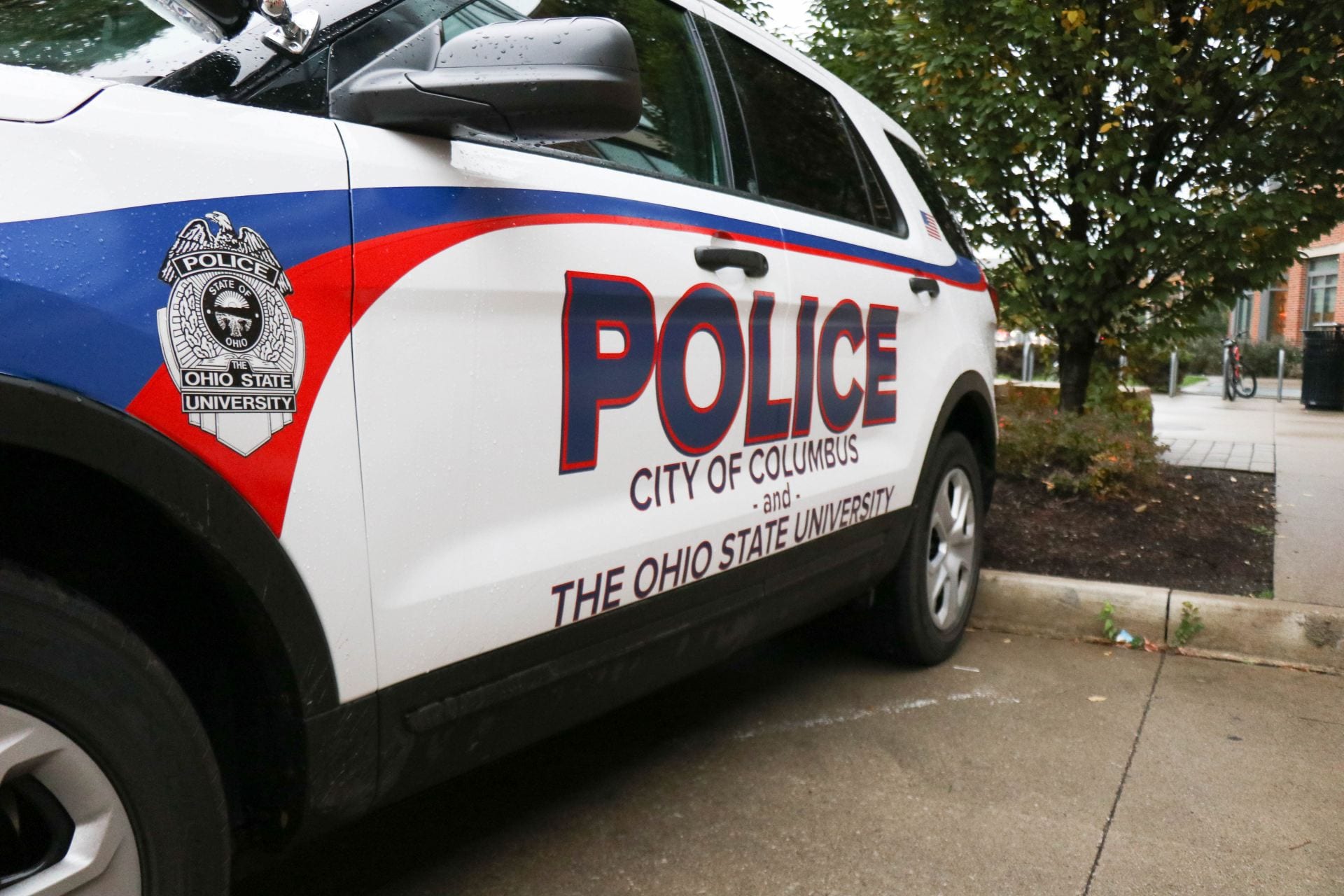
Ohio State safety professionals look to reassure the community that safety measures are in place for potential threats. Credit: Casey Cascaldo | Former Managing Editor for Digital Content
Ohio State students, faculty and staff have multiple measures to stay informed and safe during a public safety threat.
Through Buckeye Alerts, educational videos on what to do during an active threat, as well as annual University Police Division training, the university has introduced methods to protect the community. Ohio State safety professionals look to reassure and remind the community of the measures, following the on-campus shooting at Michigan State University Feb. 15 that left five students injured and three killed.
Robert Armstrong, emergency management and fire prevention director, said Buckeye Alerts will always be sent out when there is a threat to public safety and the university community.
“Once we determine that we need to send something, [the time a Buckeye Alert is sent out] is actually seconds,” Armstrong said. “Our 911 dispatchers also have the ability to hit a button and send a generic message out to the entire campus community.”
University spokesperson Dan Hedman said in an email the Buckeye Alert system can notify people of an emergency through the Ohio State app, a text message, email or other ways.
“The Buckeye Alert system consists of two dozen ways we can notify our campus community in the event of an emergency,” Hedman said.
Armstrong said Buckeye Alert messages will be updated within a certain time frame to keep the community informed.
“Our goal is to send out an update every 20-30 minutes maximum, just to let you know that, you know, the emergency is still occurring,” Armstrong said.
Monica Moll, the director of public safety, said communication during an active threat is key.
“If there is ever a delay though, it is usually the fact that we don’t have the information yet. Something might be going on, and folks haven’t reported it to us,” Moll said.
Ohio State attempts to inform their students and workers through a 10-minute video discussing the Run. Hide. Fight. plan — an FBI advised strategy in which people can employ run, hide or fight tactics to be prepared and empowered to survive an attack.
Moll said the “Surviving an Active Aggressor” video made by Ohio State details how the community should deal with an active aggressor on campus and how to catch potential signs of a future aggressor.
“[The video] is still probably the best piece of education that we have. We try to put it in a new employee orientation, students should have it on their checklist,” Moll said.
Moll said University Police officers are also put through annual training to respond to active threats.
“Every year OSUPD puts all their officers, we have an authorized strength of 70 officers, if you count from the chief all the way down to the newest ones, all 70 of them go through annual active threat training,” Moll said.
In 2016, Ohio State had an active threat situation in which 11 people were injured and the attacker was killed at the scene. The University Police training proved to be effective, as officer Alan Horujko had gone through training a week before the 2016 attack which allowed him to stop the attacker in less than one minute, Hedman said.
Armstrong said police officers are not the only ones who help during an active threat, as many representatives from around campus aid those who are neutralizing the active threat.
After the 2016 attack, the university spent over $1 million to purchase classroom locks for pool classrooms — those used by more than one department or college — Armstrong said. Due to the multi-department use, there were no locks originally on the room doors.
“We installed classroom locks on probably 1,000 different pool classrooms around campus,” Armstrong said. “Now, people have the ability to lock a classroom when we send out a Buckeye Alert, which is not something that they had before.”
Moll said it is generally hard for a university to prevent a societal issue like active threats, but she believes the university area is overall safe for the entire community.
“I think at a university like Ohio State with all the resources we have, while we can never promise that things that happen across the country won’t happen here, I would say with the amount of police, security, safety resources, all of the methods we have to alert folks and all the training, that this is one of the safer public places to be,” Moll said.


